March is a fun month for planting. The weather is often unsettled – some years, winter, some years spring, and some years up and down and in between. You have years when there is snow cover, frost, or freezes and years when the sun shines all month long, and you wonder why you’re not out planting.
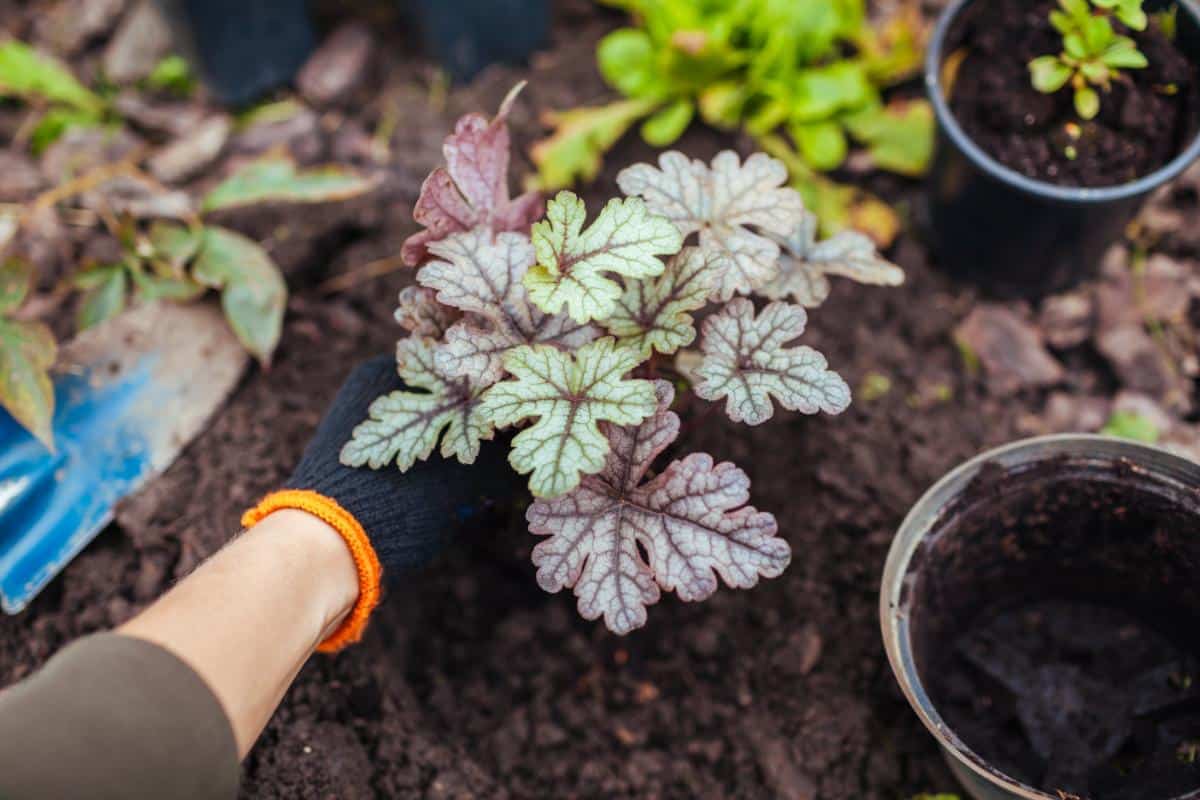
Many locations can begin planting perennials in March. The time in the month when you can start may change from year to year, but at some point in the month of March, you’re bound to be able to get something in the ground (unless you live in a very low zone or closer to extreme northern areas).
It’s nice to get started planting perennials in March so that your perennial beds can be mostly settled before April and May when you get too busy with vegetables and tender annual plants and the rest of your yard maintenance.
So, let’s take a look at some of the things you can start planting in March (once the weather starts cooperating, that is).
Jump to:
- Perennials from Seed
- Dormant Woody Plant Cuttings
- Spring-Planted Bulbs
- Trees, Woody Shrubs, Bushes, Berries, and Roses
- Bare Root Plants
- Popular Perennials for First Outdoor Plantings
- Edible Perennials
- Overwintered Potted Plants or Dormant Plants
- What NOT to Plant in March
- Workable Soil is the Key to Successful March Planting
- Use Your Judgement for March Planting
Perennials from Seed
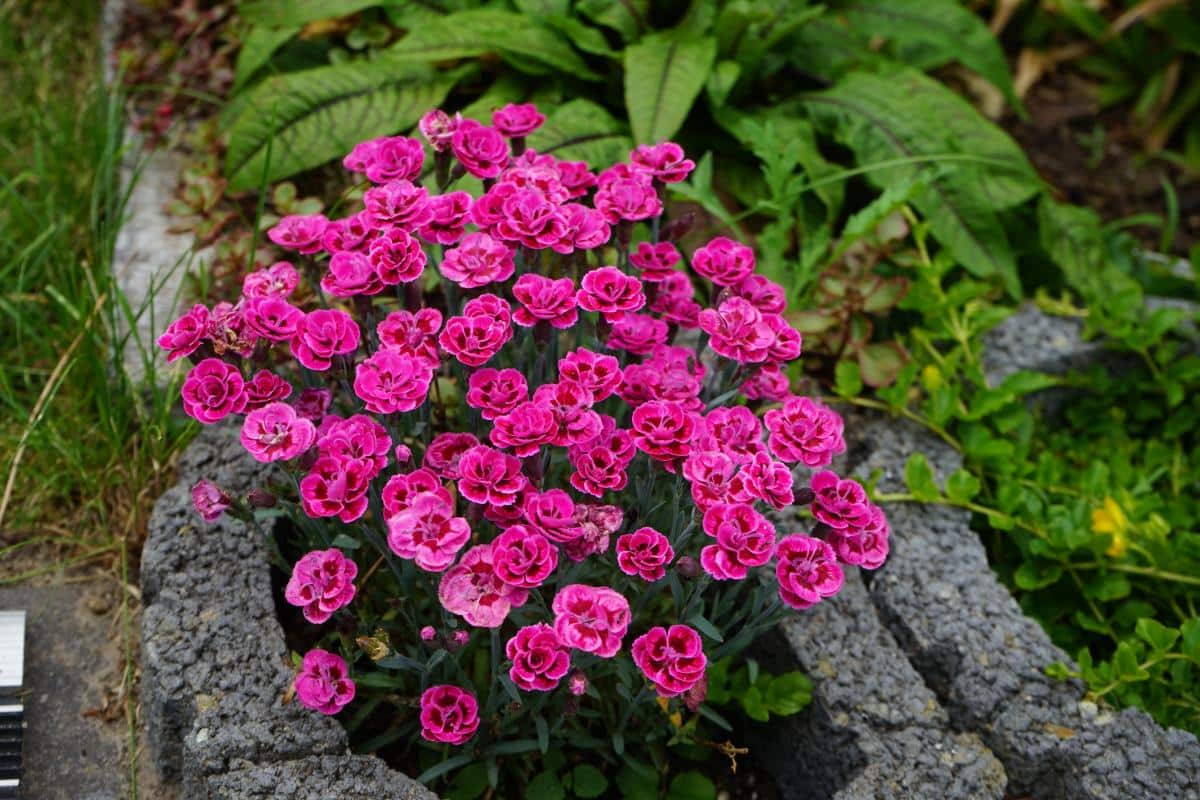
March is not too late to start new perennial plants from seed. You should go with the faster-germinating types, faster-growing plants, and those that have a shorter period to bloom (or harvest, in the case of edible perennials).
Because early March weather is usually the worst, and it usually remains to be seen how the month’s weather and growing conditions will settle out, start perennials from seed first, early in the month, while you wait for the opportunity to plant outdoors later in the month.
Some of the better perennials to start from seed in March include:
- Coreopsis
- Dianthus
- Echinacea
- Garden Phlox
- Shasta Daisy
- Black-eyed Susans
- Yarrow
- Hyssop
- Mint
- Bee balm
- Shasta Daisy
- Blanket Flower
- Columbine
- Bellflower
- Globeflower
- Blanket flower
If the ground is cooperative (or if you prepped the area in the fall and it’s ready to go without needing much working while things are still wet and muddy), you can also consider spreading seeds of wildflowers, clover, and other perennials directly on the ground.
Dormant Woody Plant Cuttings
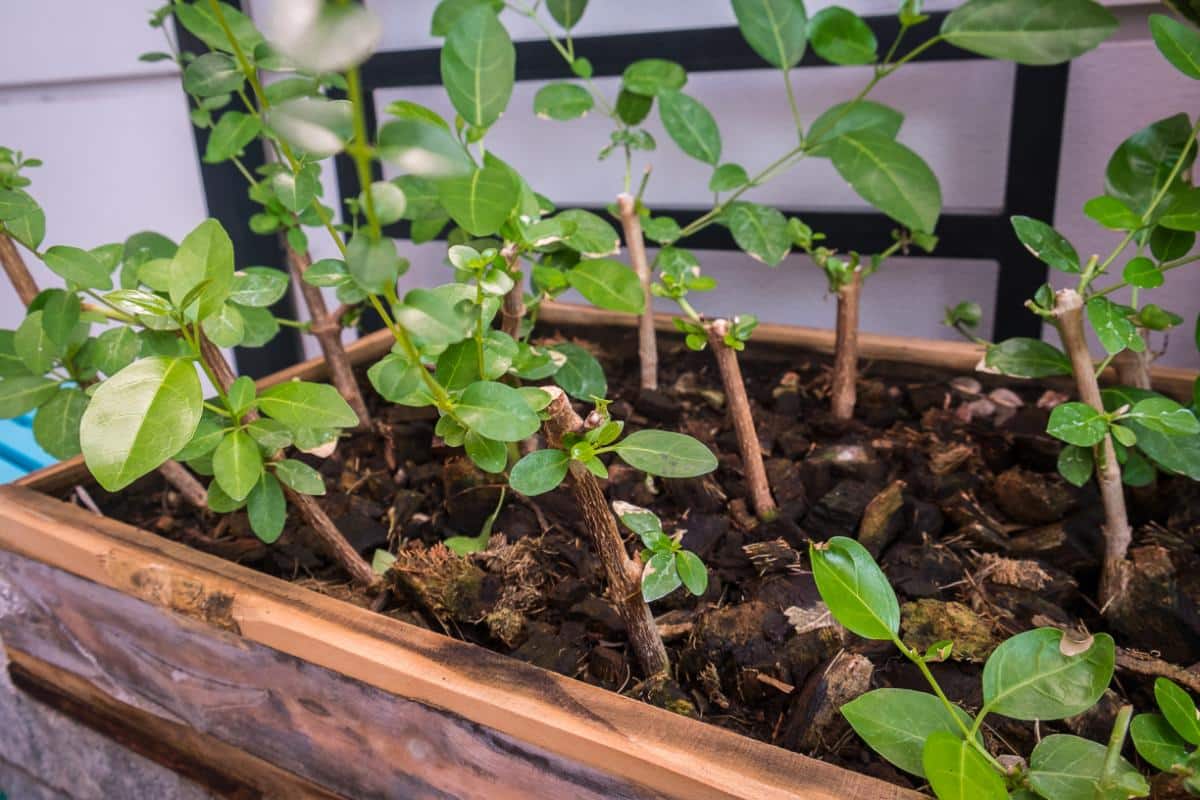
March is a great time to start new plants and shrubs from dormant woody cuttings. In fact, March is about the latest you want to start dormant cuttings.
When plants propagate from woody cuttings, they need to focus on root growth before they can handle supporting leaves and growing new stems, shoots, and growth. Cool-weather and slow overwinter growing are when roots develop (along with early spring).
The ideal time for rooting cuttings is before bud break before they break dormancy in earnest.
Even early March (or February, for that matter) is not too early for taking woody dormant cuttings. If you want to start them directly in the ground, where they will live permanently, you can if your ground is thawed enough to get cuttings into the ground. Go for it.
If your ground is still frozen, you have two options:
- You can pack the cuttings in plastic bags with moist moss or a moist paper towel and refrigerate them to keep them dormant, then stick them in the ground when the ground thaws. Take the cuttings soon, before bud break. It’s hard to take the cuttings too early, and they can stay dormant in cold conditions this way for two months or more.
- Stick the cuttings in potting soil or another medium (can be a soilless medium), keep them moist (never let them dry out), and they will begin to grow roots. This gives you a jump on planting as the plants will be farther ahead than those held in dormancy. On the other hand, cuttings root quickly in wet spring ground, and sticking sticks in the ground is a lot easier than digging and transplanting rooted plants later. You can use small, deep (three or four-inch) cell packs with soil or larger pots and root many cuttings that will be separated and potted up or planted out later. Don’t feel like you need full-sized single pots at this point.
Whether you propagate in the ground or in cell packs or pots, the most important thing is to make sure that at least one set of root nodes is two or three inches under the soil because that is where most of the roots will grow from.
Spring-Planted Bulbs
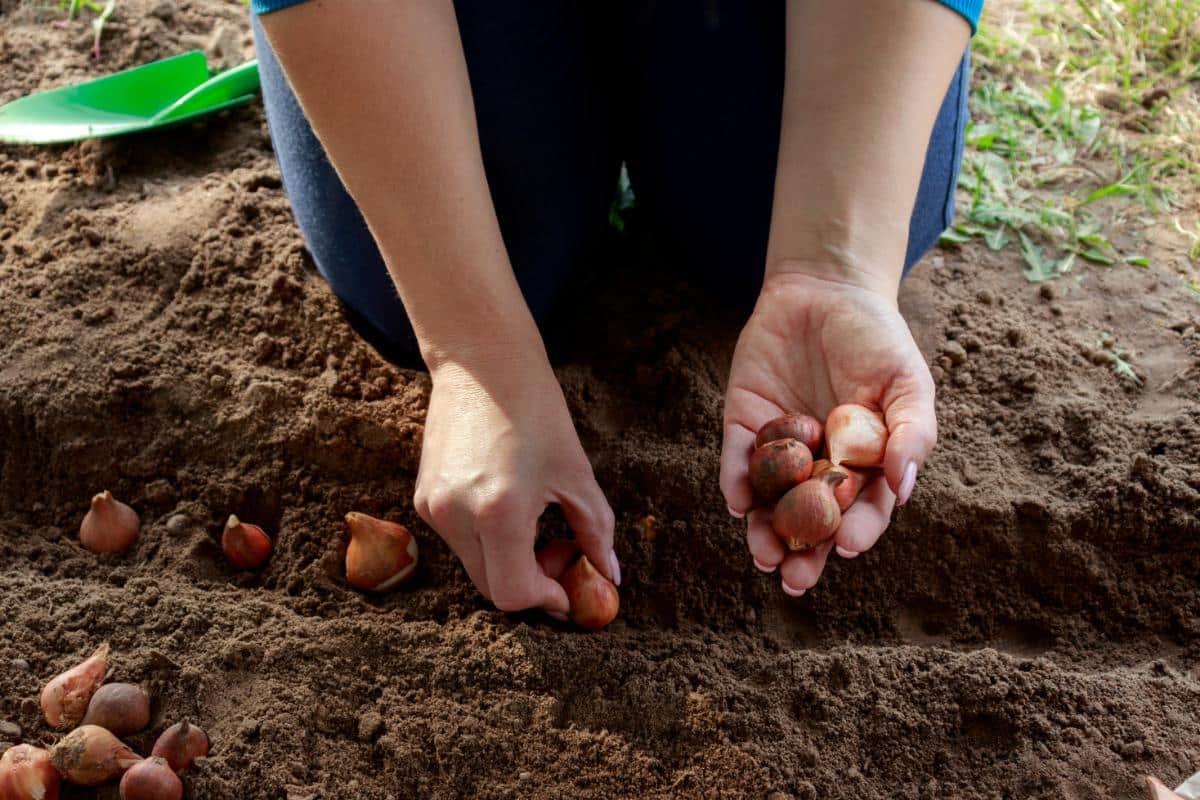
A lot of bulbs need to be planted in the fall so they can overwinter in the ground and cold stratify, but many bulbs should not be planted until the spring because they can’t survive winter’s harsh cold and frozen ground.
You can start planting early spring bulbs in March, but you do need to pay attention to variety and growing conditions. Pay attention to what the recommended time for planting them in the spring is where you live. Some should not be planted until much later when all danger of frost has passed and the soil has warmed considerably.
Still, there are many spring-planted bulbs that should be planted as soon as the soil can be worked. If you missed planting perennial bulbs in the fall, very early spring (March) planting is possible, too, but some bulbs won’t flower this year if they’re not cold-treated.
Trees, Woody Shrubs, Bushes, Berries, and Roses

Once the ground can be worked, March is a good time for planting these hardier, woodier plants and shrubs.
Moist spring conditions help the new plants establish, and cool temperatures promote root growth.
It’s a less stressful time than later in the spring when temperatures climb and rainfall reduces.
Bare Root Plants

Early spring, as soon as your ground is workable, is one of the best times to plant bare root and dormant plants. Early spring is the best time for this because even though the ground is cooler, it’s warming along with the awakening dormant plants, which puts them in sync with nature.
There is a lot of moisture in the ground in the early spring, and early spring tends to bring even more with frequent rains. Keeping bare-root plants moist while they wake up, root, and establish is critical to their survival and strong growth.
Cool temperatures tend to promote root growth over leafy growth and foliage, which is exactly what newly established dormant plants need. They need the roots to provide water and nutrients to the leaves later.
This can be basically any type of bare-root bush or plant, including
- Bare root roses
- Grapes
- Berry bushes
- Ornamental shrubs
- Bare root fruit trees
- Other bare root trees (hardwood, softwood, nut, food, or ornamentals)
Popular Perennials for First Outdoor Plantings

When it comes to choosing a good, hardy perennial plant to plant in March/early spring, look to those that blossom and flower first. If the plant has an early growth or blossoming time, that usually tells you it is capable of withstanding some of the ups and downs of pop-up harsh weather.
Some of the early-blooming, early-growing plants that can be planted in March include:
- Hellebores
- Creeping Phlox
- Periwinkle
- Dianthus “pinks”
- Candytuft
- Forget-me-nots
- Hostas
When shopping or ordering, look for plants that bloom in March or April and foliage and groundcover plants that are evergreen (or mostly evergreen). Generally speaking, they’ll be fine to plant in March when conditions cooperate.
Edible Perennials
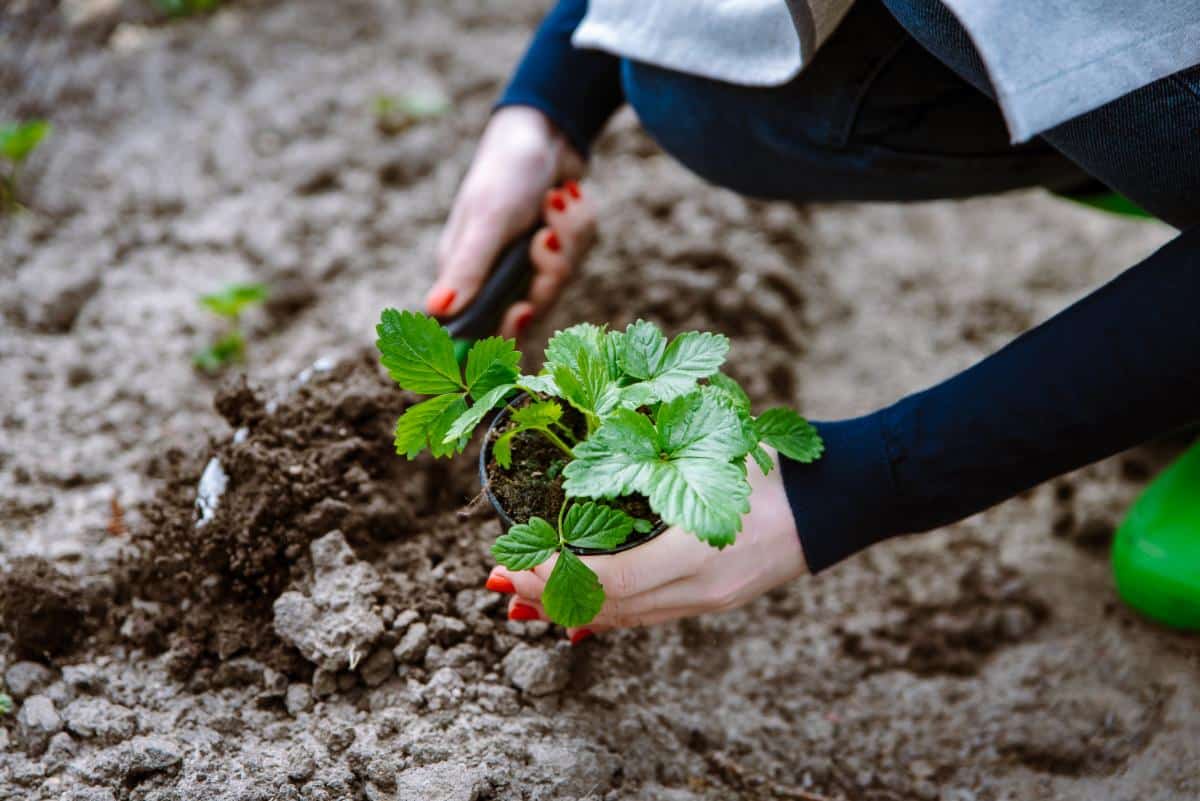
Edible perennials are among the first plants to start popping up in the early spring. Although fall planting is best for these plants, if you missed that window, you can still plant them in the spring. If you are planting these edibles in the spring, it’s best to plant them as early in the spring as possible—just as soon as the soil can be safely worked.
Options include:
- Garlic
- Rhubarb
- Asparagus
- Strawberries
Garlic planted in the spring should be planted as soon as possible. You should plant cold-treated garlic; otherwise, the bulbs may never split properly into cloves. You can cold treat the bulbs in a refrigerator, but time is of the essence at this point in the year, so you’re better off buying seed garlic that has been cold-treated and planting it as soon as possible.
There are sellers out there who sell cold-treated seed garlic. You may see it listed as “spring garlic,” “cold treated,” or “cold stratified.”
Get them in the ground early, so they have enough time to grow into good-sized bulbs. Understand that even then, spring-planted garlic tends to grow bulbs on the smaller side.
Overwintered Potted Plants or Dormant Plants
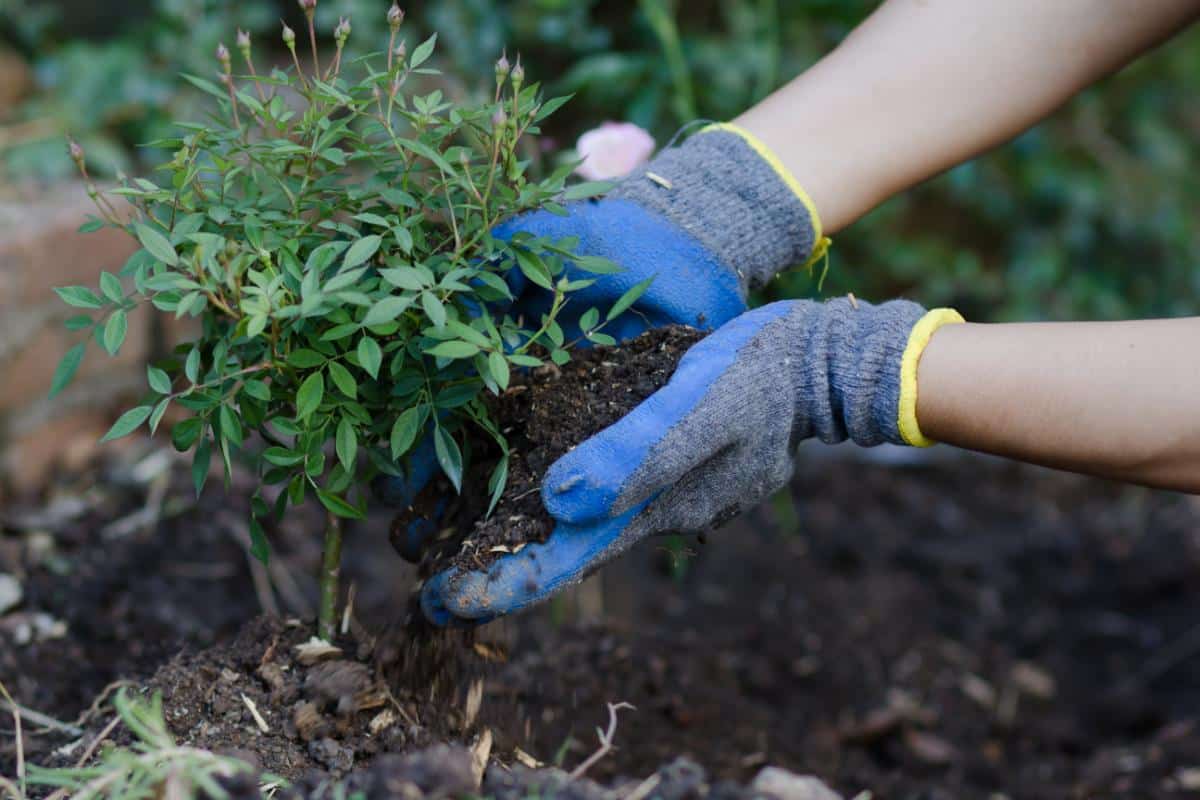
If you have overwintered perennials inside, March might be a good time to take them out and plant them (depending on cold hardiness and the March you are having). Usually, most of these perennials can come out by the end of the month.
At least bring them out to the light and water them so they start breaking dormancy.
If you’re planting live plants with new green growth, you may need to wait until things warm up a bit more consistently. Generally, though, if the ground and soil is workable and the frost has left the ground for good, these things can be planted. They’re cold-hardy perennials that should take the cold and continued frosts.
This goes mostly for perennials that are not quite hardy in your zone but that are hardy in a zone one or two zones higher than yours.
What NOT to Plant in March
Along with cold/zone hardiness, for perennial planting in March, think about their frost hardiness and whether the plant can survive frost. Many, if not most, areas are still prone to frosts in March. You may even be prone to spring snowstorms.
Don’t plant any perennials or bulbs that would be killed or damaged by frost after they sprout. For perennials, a good rule of thumb for determining this is if you would dig or bring the plant inside before a fall frost or for overwintering.
For example, gladiolas are a bulb that is grown in many northerly locations, but it’s not cold hardy, and if the shoots come up through the soil and a frost comes, the green shoots will probably be killed back, and they may not recover. Also, cool ground soil temperatures may make them sit there stagnant and end up rotting instead of rooting. Glads should be planted after the danger of frost has passed, or at least only shortly before the last frost date when you don’t think they will grow before the danger of frost is done.
You do need to know the hardiness of the perennials you want to plant where you live. From there, it's a judgment call regarding whether they can survive the weather you might have ahead of you in March and April.
Workable Soil is the Key to Successful March Planting
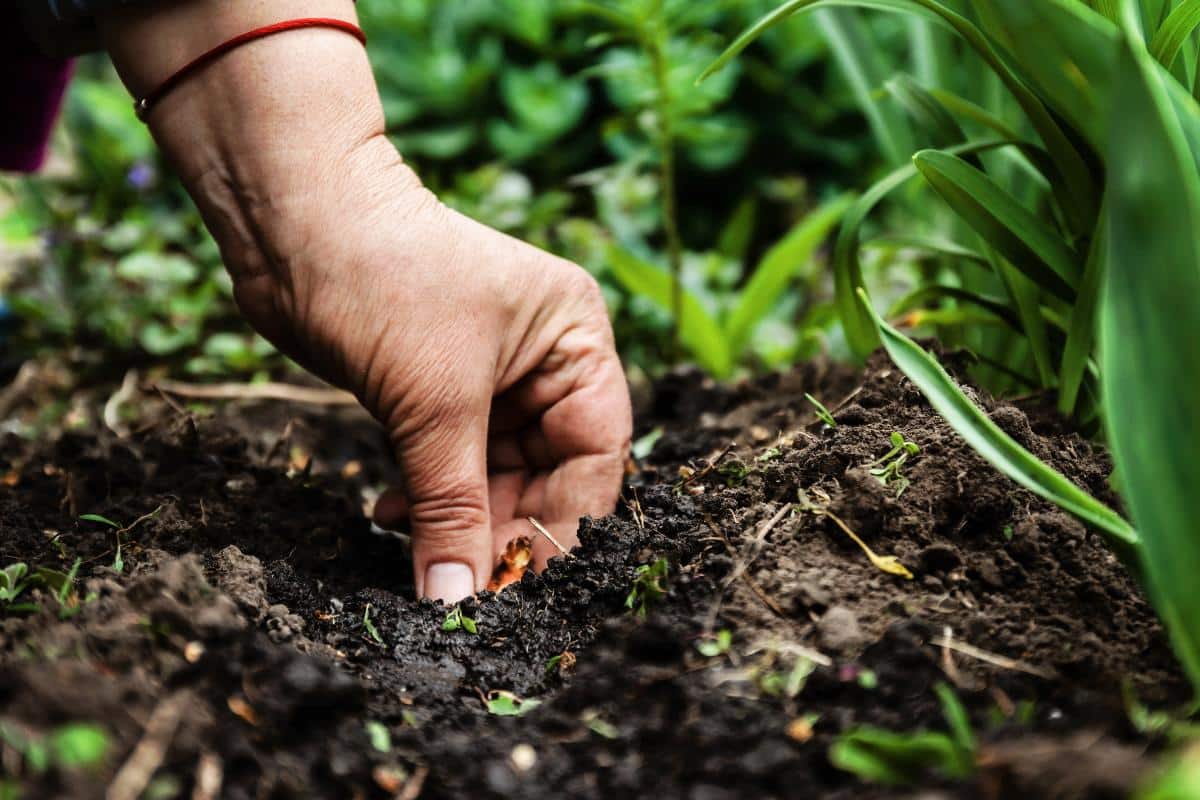
Workable soil refers to when the ground has thawed and drained enough to start working and planting. It’s a combination of moisture content and soil structure.
It’s important not to start working and planting in your soil too early. Not only is it an issue of what the plant(s) can or can’t handle, but more importantly, it’s an issue of preserving the structure and integrity of your garden beds.
If you work wet soil too soon, you will cause soil compaction, and that can spell big problems for your plants – even established plants that are in the ground already.
In the long run, your perennials will be more successful and stronger if you hold off an extra couple of weeks until the soil is ready to be worked. Then, the soil will be able to drain regularly and prevent root and rot problems, and it will have the tilth and structure needed to rebound when it’s walked on, driven on, and worked on.
Use Your Judgement for March Planting
March can be a very changeable and unpredictable month. It is one of the more unstable months, weatherwise, for planting.
Often, the decision about when and what to start planting in March comes down to how the weather patterns have been throughout the winter, what the extended forecast is predicting, and how much you trust early spring and early warming temperatures.
What you do have on your side is that perennials are much hardier than annuals, and many can live through freak late storms and cold snaps. At least by the end of March, you should be beyond the lowest cold temperatures for your location, which can gain you a zone or two of hardiness as compared to what can or can’t survive your location’s winter temperature extremes.
That said, when planting perennials, you need to think of the future, too. If you plant perennials that are not quite hardy for your zone, you’ll need to dig them or overwinter them in the fall. Container planters that can come inside are often the answer for perennials such as these.

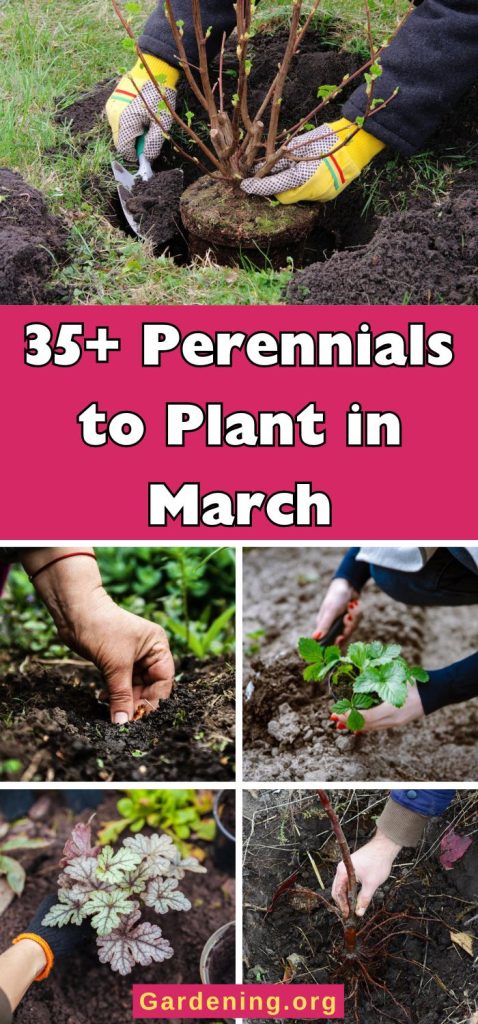
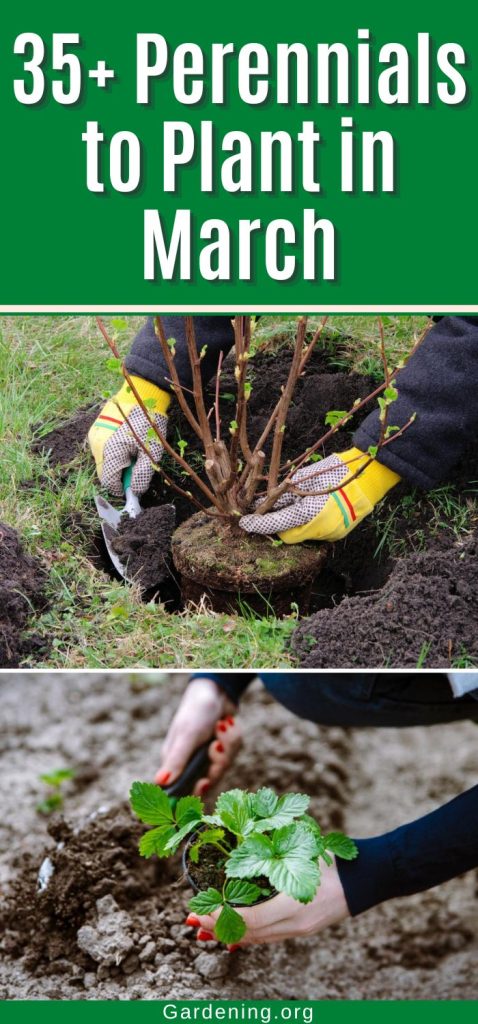
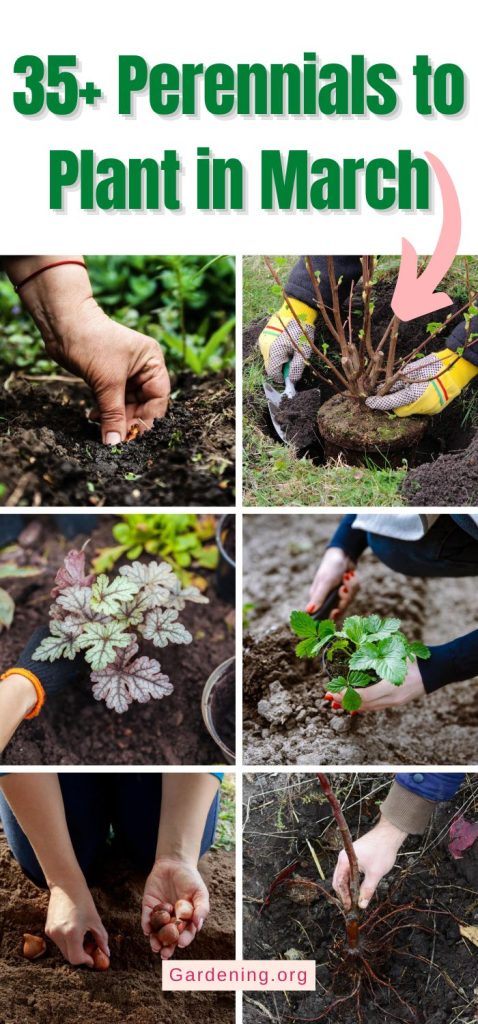
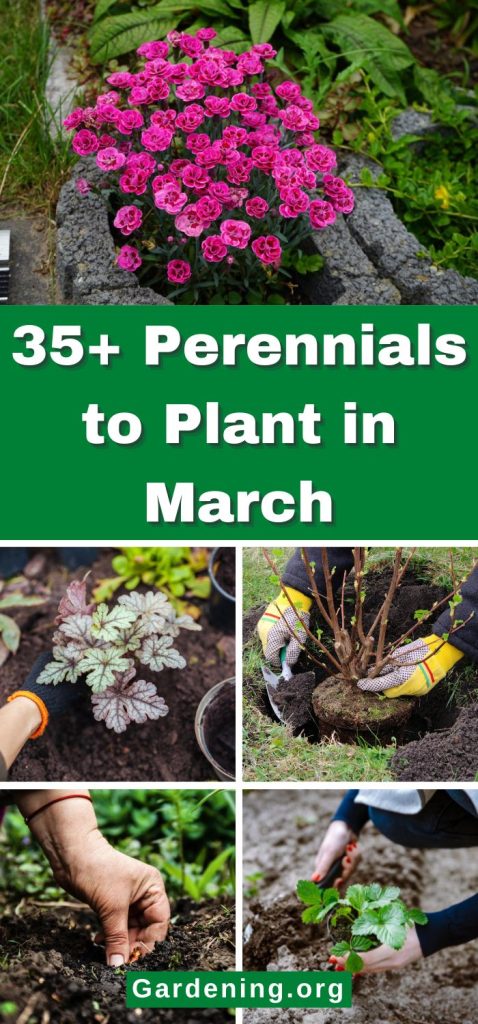
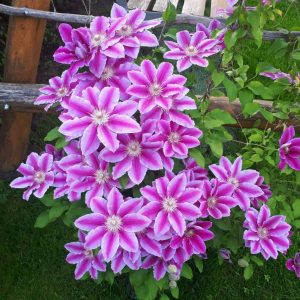
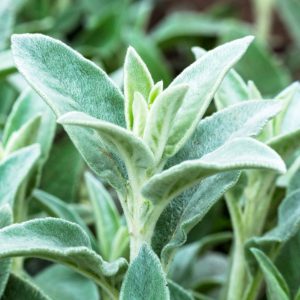

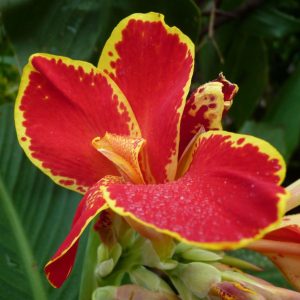
Jeanette R Kennelly
Maybe you should specify a zone!
Mary Ward
These plants are grown across many zones. Choose plants that are hardy to your zone and if your ground is workable, you can plant it. The key for these is matching hardiness according your own zone, but again, many, many zones can grow these plants. The planting time between zones doesn't vary that much for these plants when the soil is workable.
Alison Proos
So many choices, all laid out in an orderly fashion! I love it!